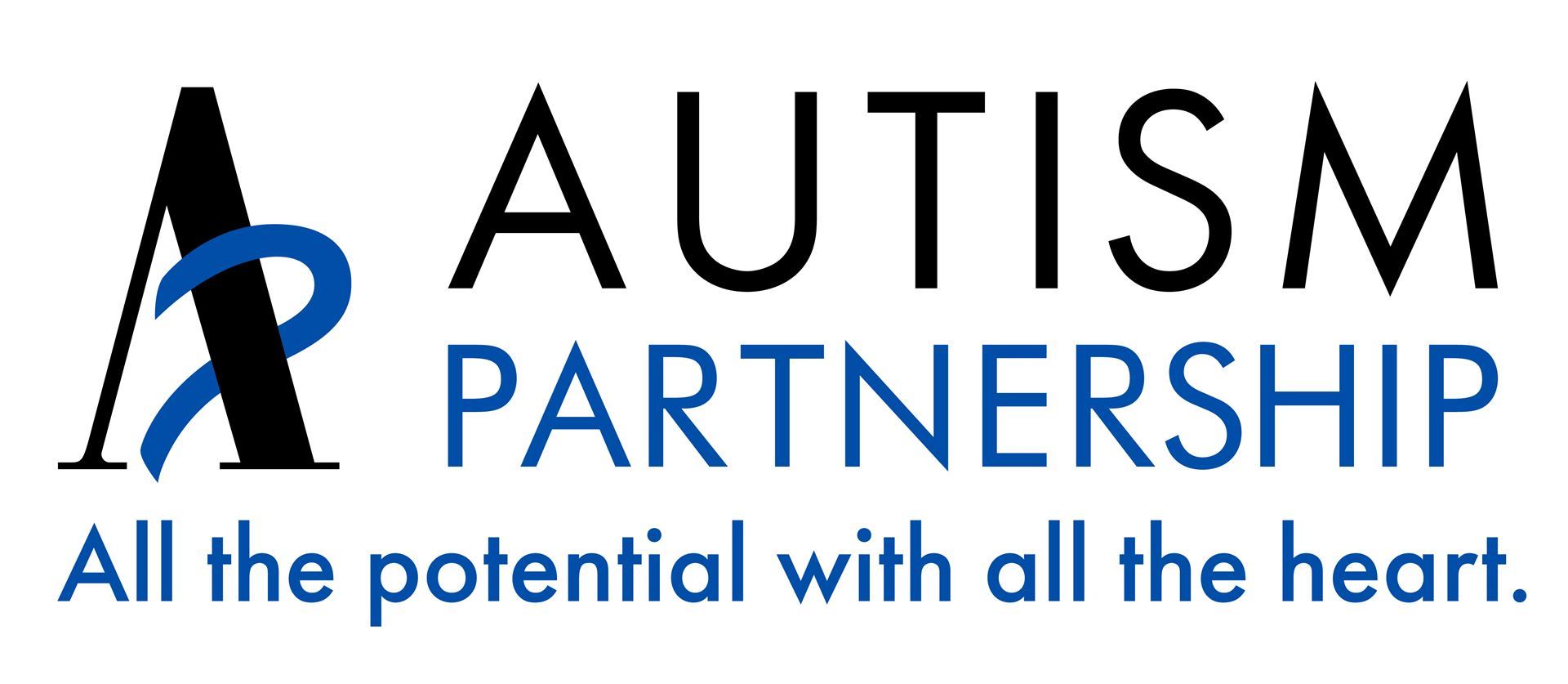.png)
Sunday, 28 July 202410:45 AM - 12:00 PMMeeting Place 4 |
A Journey with Mookie from shelter to hom
Campbell Barclay
Lost Dogs Home; Act of Dog Abstract: The Lost Dogs Home (LDH) cares for lost dogs, cats, and other companion animals with the goal of seeking the best possible outcomes for them. The LDH Behaviour Department plays a crucial role in enhancing the welfare and adoption prospects of shelter dogs. Using evidence-based practices, behaviourists implement tailored intervention plans that include medication, behaviour modification, enrichment activities, and training programs to reduce stress and improve the dogs' adoptability. This session will focus on the case study of Mookie, a dog diagnosed with general anxiety and neophobia, who completed an intervention plan and was fostered and subsequently adopted by the presenter. Mookie’s diagnoses led to poor impulse control and fear-based behaviour, making traditional rehoming options difficult. We will explore the effectiveness of medication, predictability, routines, and a stable social structure in addressing Mookie’s complex behavioural responses, highlighting the impact of structured interventions on reducing anxiety and fear responses and promoting overall behavioural stability. The case study further underscores the importance of addressing underlying emotional factors when transitioning dogs through various environments and how this manifests behaviorally. The findings offer insights into the transformative potential of dedicated care, predictable environments and social cohesion. Target Audience: Trainers and Foster Carers who are considering taking on complex behaviour cases for dogs. Learning Objective: Participants will be able to implement a training plan that considers a functional assessment. |
A dog called Ruby: from an Aboriginal community to life in the cityAdriana Milne CPDT (MDI) 'Certified Professional Dog Trainer - Member of the Delta Institute'; Pet Pals Dog Training Abstract: Purpose of the program: Ruby's journey: adjusting to city suburbia and her new family home - a townhouse with fenced yard Target population and where did the program happen: DOG: Ruby - Bull Arab X, female, 9 months old, from an Aboriginal community township Lifestyle: roaming the streets with other dogs - adopted from Pet Rescue -Northern Territory by Melbournian family: 2 adults, 2 kids - Description of the service: we had to address Ruby's issues early. She used to escape the yard when she first arrived, suffered from separation anxiety when left alone and was reactive to other dogs on walks - a behavioural analysis/ modification plan protocol was established for her Lesson learned, outcomes of the program: her Veterinarian started her on anti anxiety medication - Zactin 20mg Behavioural modification: she was able to gradually get used to her new surroundings, learned to relax and adjust to new family home - Positive Reinforcement training methods and the use of classical conditioning helped her learn, build positive associations with other dogs, trust her human family, her guardians became more aware of the environmental cues/ triggers that affected her behaviour and what to do in those circumstances How does what you learned impact the sector and what are the next steps? The importance of working as a team for best possible outcomes for the pet. Veterinarian - Dog Trainer/ Behaviourist - pet guardian - Next steps: maintaining what has been achieved, stable dog routine, ongoing management and medication Target Audience: Animal behaviourists - dog trainers/ behaviourists - ABA practitioners Learning Objectives: At the conclusion of this presentation, participants will be able to:
|
Changing Strides in Equine Training - The Role of the Constructional Approach in DressageMadhura Deshpande & April Cussen Proactive Behaviour Analysts: Freedom Social Skills Abstract: This presentation by Madhura Deshpande and April Cussen explores the shift from traditional punishment-based methods to a constructional approach in equine training, with a focus on dressage. Traditional dressage training in Australia has historically relied on punishment and restrictive procedures, including during transportation, medical, and dental interventions. These methods, while prevalent, raise significant concerns regarding their necessity and the side effects they produce. The constructional approach offers an alternative, emphasising positive reinforcement and building upon the horse's existing repertoire of behaviours. This method is grounded in the principles outlined in the Nonlinear Contingencies Analysis (NCA). The core of the presentation will dissect the behaviour change procedures, utilising the horse’s current relevant repertoires and maintaining consequences to support desired outcomes. It will also detail how progress is monitored, ensuring the effectiveness and sustainability of the training. Highlighting the practical application of this methodology, the paper presentation will discuss case studies from Abdel-Jalil et al., (2023), Katz and Roseles-Ruiz (2022) and Kurland (2023), illustrating successful outcomes in training horses using the constructional approach. Madhura and April also will be presenting examples, including the training of a retired dressage horse named Daryl, showcasing the detailed process through photographs and visual aids that align with the outlined framework. Through this presentation, we advocate for a paradigm shift towards a scientifically-backed, humane method in dressage and other equine training. This approach not only challenges conventional practices but also promotes building positive rapport between horse and trainer, improving performance, and prioritising the well-being of the horse, marking an advancement in equine training methodologies. Target Audience: Animal behaviour trainers, BCBAs interested in the constructional approach, Animal trainers looking for alternatives to punishment procedures Learning Objectives:
BACB CE Instructor: Madhura Deshpande |







.png)





